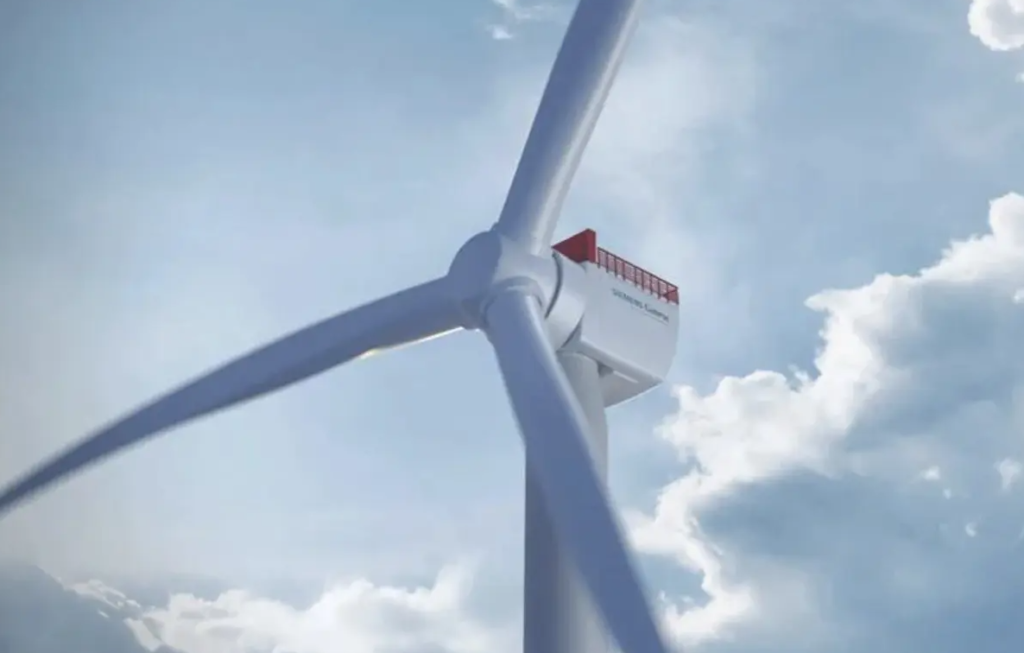(sustainabilityenvironment.com) – Good news at Siemens Gamesa. After launching the first recyclable wind turbine on the market, the German-Spanish multinational makes itself known for another record. The one marked by its SG 14-222 DD, a gigantic offshore wind generator with a nominal capacity of 14 MW. The turbine, still in the testing phase at the Ahead Wind Turbine Test Field of the Technical University of Denmark, marked the world record for wind production on 10 October. To be precise, the prototype generated 359 MWh over a 24-hour period. The reported daily total is just 1 MWh lower than the theoretical maximum of 360 MWh that this turbine would collect if it worked at its maximum capacity. Draft of a result that slips to the GE the precedence record of wind production, marked in 2020 from the GE Haliade-X installed in the port of Rotterdam.
For Siemens Gamesa this is a confirmation of the quality of the latest improvements. The Direct Drive SG 14-222 DD offshore wind turbine was officially unveiled in May 2020 as a true technology gem. Equipped with a rotor 222 meters in diameter, blades 108 meters long and a swept surface of 39,000 m2, the wind turbine has a valuable trump card. Let’s talk about the Power Boost function that allows you to bring the power of 14 MW nominal up to 15 MW. One machine is capable of supplying enough energy to power about 18,000 European households each year. Thirty of these turbines could completely cover the electricity consumption of a city of over 340 thousand inhabitants.
Read also The United States enters the floating wind turbines race
In addition, the new offshore giant is characterized by low weight of the carrycot (500 tons) that allows Siemens Gamesa to safely use a tower and a foundation substructure optimized compared to a heavier carrycot. The advantages? A lower overall cost thanks to the reduction of the materials used and the weight during transport.

